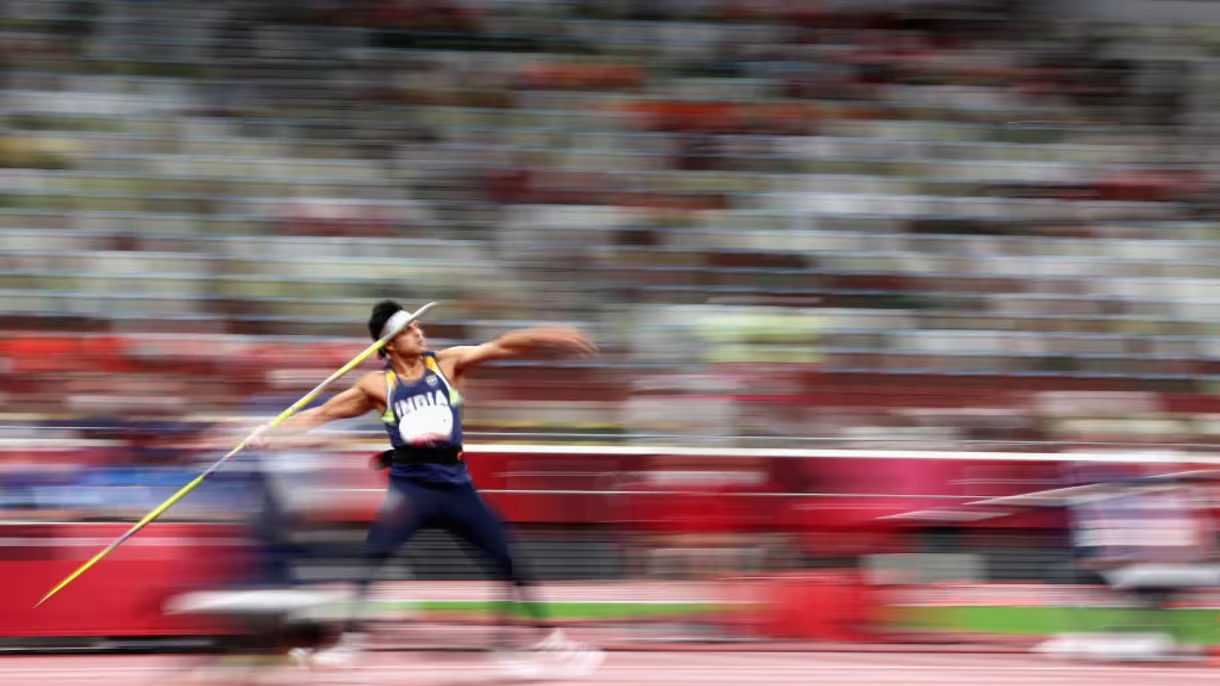The javelin throw is a dynamic and technical field event in athletics, offering a compelling mix of speed, strength, and precision. According to the technical definitions, a javelin must be thrown overhand, within a 29°-sector from a runway of up to 36.5 m, and must land with its metal tip striking first. The implement weights differ: men’s javelins must be at least 800 g and 2.60–2.70 m long, while women use a 600 g javelin at 2.20–2.30 m length.
Scoring is straightforward: the athlete’s longest legal throw is used for ranking. Measurements are taken from the inside edge of the throwing arc to the point where the javelin first contacts the ground. Throwers usually receive three attempts, with the top-eight athletes granted an additional three throws in many championships. Ties are resolved by comparing each athlete’s second-best attempt. Key rules also define fouls: stepping over the line, throwing underarm, or landing outside the sector all invalidate a throw.
Understanding these elements embodies the E-E-A-T framework: Experience comes from athletes executing competition runs and throws; Expertise emerges in mastering the run-up, angle of release and grip technique; Authoritativeness stems from internationally recognised standards by bodies like World Athletics; and Trustworthiness lies in consistent measurement practices and fair adjudication. Whether you are an aspiring thrower or a casual spectator, appreciating the rules and scoring of the javelin throw allows deeper insight into how this classic event rewards not just power—but precision, timing and strict adherence to form.






